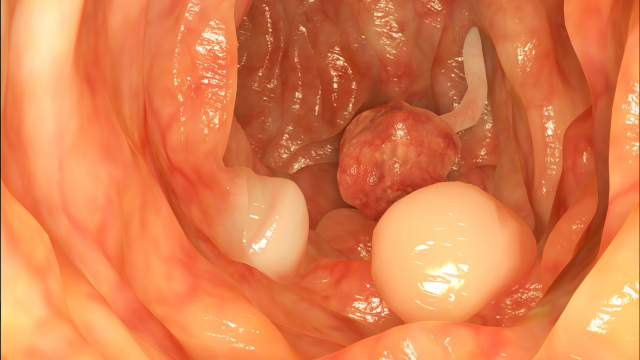There are three main organs that are present in the pelvis: the womb, the urinary bladder and the lower end of the bowel i.e. rectum. All three of them open to the outside through the pelvic floor. They are supported above by the pelvic floor muscles and the ligaments. When these become weak then the organs bulge through the vagina. This bulging is called prolapse. These can be of various degrees; the worst is when they protrude completely outside the vagina.
Prolapse Symptoms
- Feeling a dragging sensation down below.
- Low back pain
- They can feel a part of an organ at the entrance to the vagina
- Sometimes they need to push the organ inside in order to be able to empty the bladder or bowel completely.
- Sexual Discomfort
- Frequent urinary infection.
- Leaking of urine when coughing, laughing, and routine day to day activities.
Prolapse Causes
Childbirth is the most important cause of prolapse. The delivery weakens the pelvic floor muscle. This is worsened in the case of prolonged labor, difficult delivery, forceps delivery, and multiple deliveries. Aging is an important cause of muscle weakening. It is further accelerated after menopause. All factors that increase the pressure within the abdomen like chronic cough, chronic constipation, regular weight lifting, can weaken the floor muscles and lead to prolapse.
Obesity can contribute to all the above factors. If you think that you have the above symptoms then you should seek an appointment with Dr. Sangeeta. Diagnosis is very easy and can be done by the gynecologist in a routine internal examination in the out-patient department.
After the examination, it is possible to tell whether you have a prolapse and also which organ is prolapsing.
- Urinary bladder – Cystocele
- Rectum – Rectocele
- Uterus – Uterine Prolapse
- Small bowel – Enterocele
The management options depend on the type of prolapse, degree of prolapse, and individual factors such as age, general health, weight and desire for childbearing. It is worth trying to lose weight and stop smoking prior to treatment. It is also imperative to treat chronic cough and chronic constipation if they exist. Pelvic floor exercises also known as kegel’s exercises can go a long way in preventing prolapse and also help in mild cases. A vaginal pessary is a silicone ring-like device that fits into the vagina and helps to hold up the pelvic organs. They are a good option when surgery is not an option due to age or medical condition. The pessary needs to be changed or removed, cleaned and reinserted regularly.
Prolapse Surgery
There are many different operations that can be done to treat prolapse. This will depend on the type of prolapse, the symptoms, age, and general health; wish to have sexual intercourse and whether or not the family is complete. Surgery for prolapse may not be advisable if childbearing is desired as the prolapse is more likely to come back afterward.
The commonest surgery is the removal of uterus {usually done through the vagina} and pelvic floor repair where the walls of your vagina are tightened up to support the pelvic organs. A new development is the insertion of a synthetic mesh in the walls so as to strengthen the support. This procedure is not yet common as its results are not yet certain. The top end of the vagina may be attached to the lower end of the spinal bone or ligament to further hold it up.
The surgery does give relief to the vast majority of women, but it is important to remember that as aging continues, the muscles may become weaker again and the prolapse may recur. Nevertheless, if you have a prolapse or a feeling that something is coming out from down below, then seek an appointment with Dr. Sangeeta today.


















